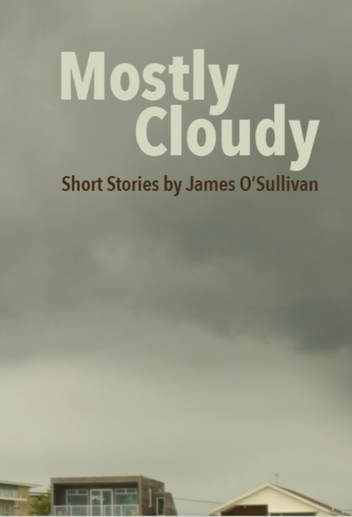
Edited by Jarrod Gilbert and Greg Newbold
This collection of essays is designed to be an academic textbook, presumably for Criminology students, but provides a lot of contextual information for the New Zealand justice system. Indeed, Criminal Justice doesn’t really read like an academic text for the most part, with just a brief introduction and very few theoretical chapters.
One of the chapters is written by three serving police officials, and their review of contemporary policing comes with some impressive graphics. However, they also steer clear of naming any officers who have been involved in any controversies.
By contrast, most of the other authors do name names, and the editors have appeared in the media many times and commentated on controversial subjects. Both Newbold and Gilbert contribute two chapters on their specialist areas.
Greg Newbold provides some contextual information about crime rates over time, and some explanations for the rise of violent crime. At least, that is for crime by males. He also observes the rise in violent crime by women, and speculates on some causes, including the type of feminist thinking behind self-defence courses and the influence of TV programmes with strong female action characters.
Newbold’s second chapter also highlights the role of male officials, with strongly held views controlling corrections policy, divided into particular eras. He then assesses the success of rehabilitation and employment options for prisoners in the modern era of punitive practices and higher security jails.
Jarrod Gilbert is mostly known for his research into gang practices and their inevitable interaction with the justice system. His final chapter, however, examines the role of ‘underworld justice’, in terms of the intimidation of witnesses and the vigilante activity of gang members. In particular, he refers to a practice of ‘taxing’, whereby the property of an individual is appropriated to settle a score, being a real crime or an imagined one.
Gilbert’s other chapter focuses on injustices within the system, and miscarriages caused by police practice, or legal representation and its shortcomings. Here we get reference to some famous cases, such as that of the Crewe murders (and conviction of Arthur Allan Thomas), the ‘false’ confession of Teina Pora, and the ‘false’ testimony that convicted Peter Ellis in the Christchurch civic crèche trial. Gilbert refers to the role of criminal case review commissions, using overseas examples, and the Innocence Project now based at Canterbury University.
Certainly, strong opinions are held by the main contributors here. Gilbert is obviously not convinced about David Bain’s innocence, and states that he was given $1 million to stop making further claims for compensation. Other compensation claims would seem to have been justified, as in the verdict that resulted in the incarceration of David Dougherty, which was eventually overturned. But the example of the Bain trial can be seen in a different light, as in the chapter by Chris Gallavin which looks at the law of evidence and human rights. This involved the prosecution case in the second Bain trial based on the tape recording of his 111 call, and the admissibility of the Crown’s interpretation of it.
Gallavin also looks at the trial of Scott MacDonald, accused in the murder of his brother in law, with regard for the ‘propensity’ of the evidence. This involved suggesting that MacDonald’s other known crimes also made him more likely as a killer. Again, this highlights aspects of well known legal cases, and the role of the news media, which is examined in Tara Ross’ and David Fisher’s chapter. Fisher’s snapshots of crime stories add gory detail not previously known.
Editors: Jarrod Gilbert and Greg Newbold
Publisher: Auckland University Press
ISBN:
RRP: $59.99
Available: bookshops




 RSS Feed
RSS Feed
